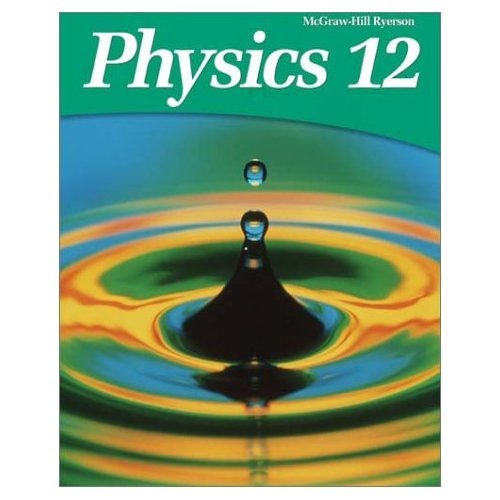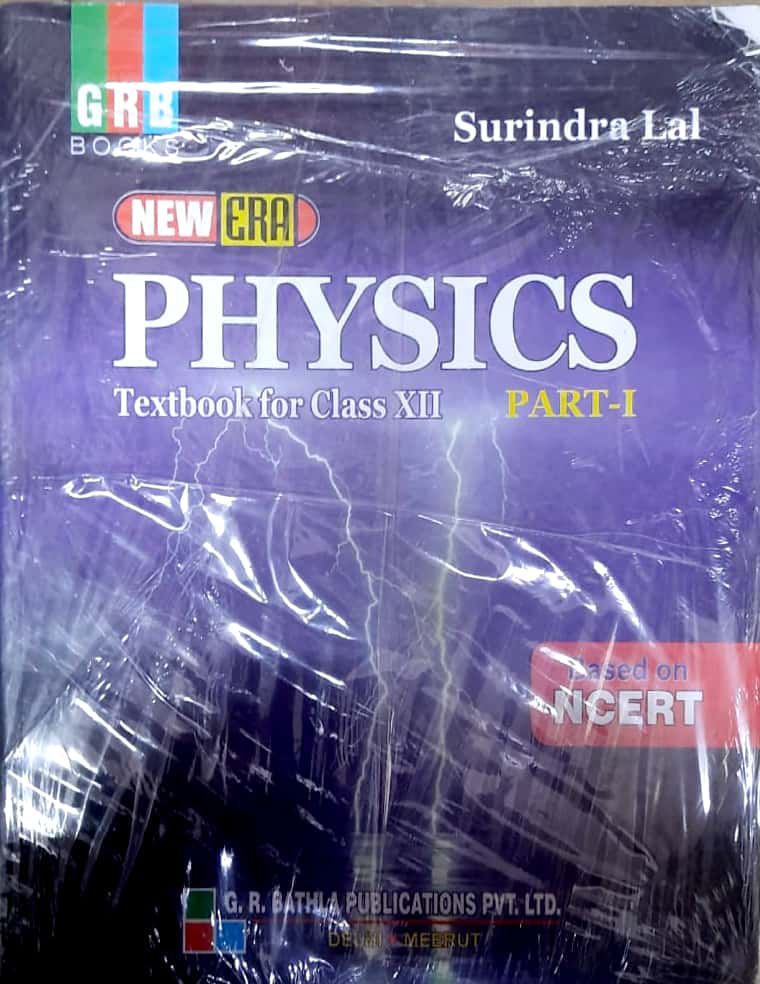


(d) Helpful friction is needed in many cases (e.g., turning a doorknob, walking, and travelling around a corner on a highway). For a given situation, kinetic friction tends to be less than maximum static friction. Kinetic friction is a force that acts against a moving object. total time time interval (c) Static friction is a force that acts to prevent a stationary object from starting to move. Average velocity is a vector quantity, v av av =. total distance change of position (b) Average speed is a scalar quantity, v =. Dynamics is the study of the causes of motion (e.g., analyzing forces by applying Newton’s three laws of motion). (a) Kinematics is the study of motion (e.g., analyzing motion with constant acceleration). FG = The magnitude of the force of gravity between Earth and the Moon depends linearly on the masses of 2 r Earth and the Moon, and depends inversely as the square of the distance between the centres of Earth and the Moon. (d) One example is the force of Earth pulling downward on the 20-g mass and the force of the 20-g mass pulling upward on Earth. (a) Both masses will hit the floor at the same time since the speed at which an object falls is independent of mass, and is related only to acceleration due to gravity (neglecting air resistance). Vector quantities include velocity (metres per second, 15 m/s ), displacement (metre, 6.5 m ), acceleration (metres per second squared, 9.8 m/s 2 ), and force (newton, 25 N ). Scalar quantities include distance (metre, 5.0 m), time (second, 15 s), mass (kilogram, 65 kg), and frequency (hertz, 60 Hz). Unit 1 Forces and Motion: Dynamics ARE YOU READY? (Pages 2–3) Knowledge and Understanding 1.


 0 kommentar(er)
0 kommentar(er)
